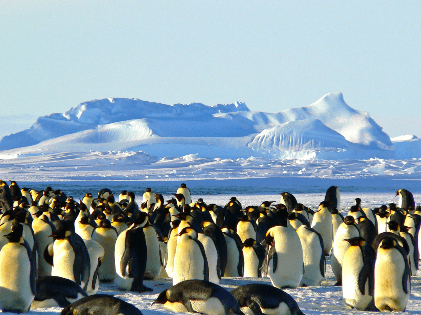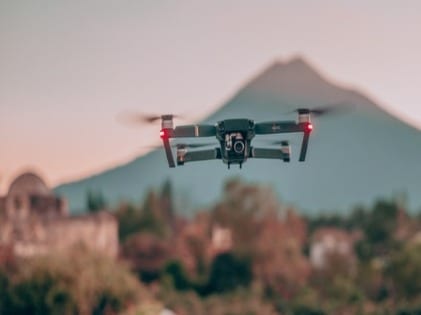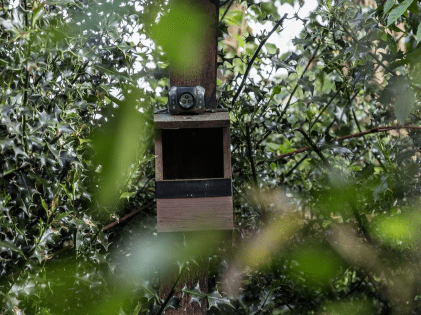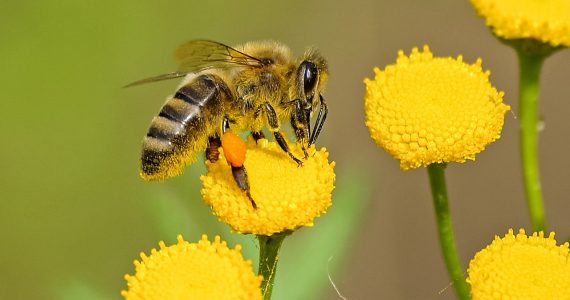 Humans have evolved significantly since evolution and how and that too in a short period of existence. The impact of humans on earth is what scientists call as Anthropocene. But the way we have evolved with creativity is like a double-edged sword. While our scientific advancements are making lives easy, it is also creating new challenges. It has a detrimental impact on the other species that inhabit the earth. And that’s a growing concern of environmentalists globally.
Humans have evolved significantly since evolution and how and that too in a short period of existence. The impact of humans on earth is what scientists call as Anthropocene. But the way we have evolved with creativity is like a double-edged sword. While our scientific advancements are making lives easy, it is also creating new challenges. It has a detrimental impact on the other species that inhabit the earth. And that’s a growing concern of environmentalists globally.
However, there is an alternative theory and school of thought that explores the possibility of using innovation to preserve the environment. Ecology is the greatest concern in today’s world, and it is important to lead a sustainable life to ensure the future generations can thrive on this planet. And recent developments suggest that this could be possible with the help of science.
If you use it right, the beauty of science could make a whole world of difference to the planet. So, it is no surprise that environmentalists globally are working towards finding sustainable ways of living. And the good news is that a few of the recent innovations help make sustainable living a reality! Don’t believe us? Read on to find out about scientific innovations that are changing the meaning of conservation.
Fish Facial Recognition Technology
Now, where have we heard that before? Wait, wasn’t this one reserved for humans? Well, this comes in handy as the fishers can use it for hunting sustainably. There are about 10,000 fisheries around the world, and among them, only 440 go through the right assessment. This is because it is difficult to monitor fish species. The Nature Conservancy comes up with something FishFace that provides essential data for sustainable management of fisheries.
Face technologies can identify crimes and catch criminals. This technology is pretty similar to that. It provides the nitty-gritty of information about each and species of fish. This type of technology is at a nascent stage, but it is already popular in countries like Indonesia. We hope the other countries take note and follow suit.
Artificial Intelligence to the Rescue
 Conservationists had a tough time detecting forest loss across the length and breadth of a country. Well, no longer, as there are tools such as Terra-i that can now do the job for them. Terra-i is an artificial intelligence program that tracks real-time rainfall data to determine the green quotient of habitat. Then the resulting prediction is matched with the habitat from a satellite via earth-monitoring. When they compare the greenery, they know how the green level goes with precipitation in one year. This can be useful to assess the greenery of a particular continent.
Conservationists had a tough time detecting forest loss across the length and breadth of a country. Well, no longer, as there are tools such as Terra-i that can now do the job for them. Terra-i is an artificial intelligence program that tracks real-time rainfall data to determine the green quotient of habitat. Then the resulting prediction is matched with the habitat from a satellite via earth-monitoring. When they compare the greenery, they know how the green level goes with precipitation in one year. This can be useful to assess the greenery of a particular continent.
Drones
 Drones have a science-fiction-ish ring to it. But the past few years have seen a spike in drone usage as more hobbyists are using at the city park. Conservationists followed, realizing the many benefits of drones. So, drones can provide an intricate view of wildlife that would never have been possible with a simple observation. Drones have come in useful in places as diverse as evaluating the coral reefs to assessing the remote areas of the Steppes in Mongolia. No wonder, tech-savvy conservationists are putting it to good use.
Drones have a science-fiction-ish ring to it. But the past few years have seen a spike in drone usage as more hobbyists are using at the city park. Conservationists followed, realizing the many benefits of drones. So, drones can provide an intricate view of wildlife that would never have been possible with a simple observation. Drones have come in useful in places as diverse as evaluating the coral reefs to assessing the remote areas of the Steppes in Mongolia. No wonder, tech-savvy conservationists are putting it to good use.
Spying on the Wildlife With Live Camera Feeds

How can you track the habitat of animals if you sit in the middle of a concrete jungle? Well, naturalists have an idea. More and more naturalists are using live computer feeds to keep a check on the wildlife. This can help keep track of everything, right from African waterholes to bird nest cans. The daily feeding can make the general public more aware of birds’ lives and know all about the beaked creatures’ lifestyle without following them right into their habitats.
This way, you can take a deeper look at different bird species, right from bald eagles to great-horned owls. But this may not be for the faint-hearted who have a romantic perception about the way things go. You may get to see the-not-so-good-things, too, such as when a chick dies or when a bird of prey catches its not-so-small-worm, say a dead cat. Well, the gory details are something that most of us don’t bargain for, but they get it anyway.
These are some of the most innovative technologies that make people more environmentally conscious. And it helps the conservationists do their jobs better. There are many more such technologies that are changing the planet for the better. And we hope the future will be more sustainable for all living beings!




